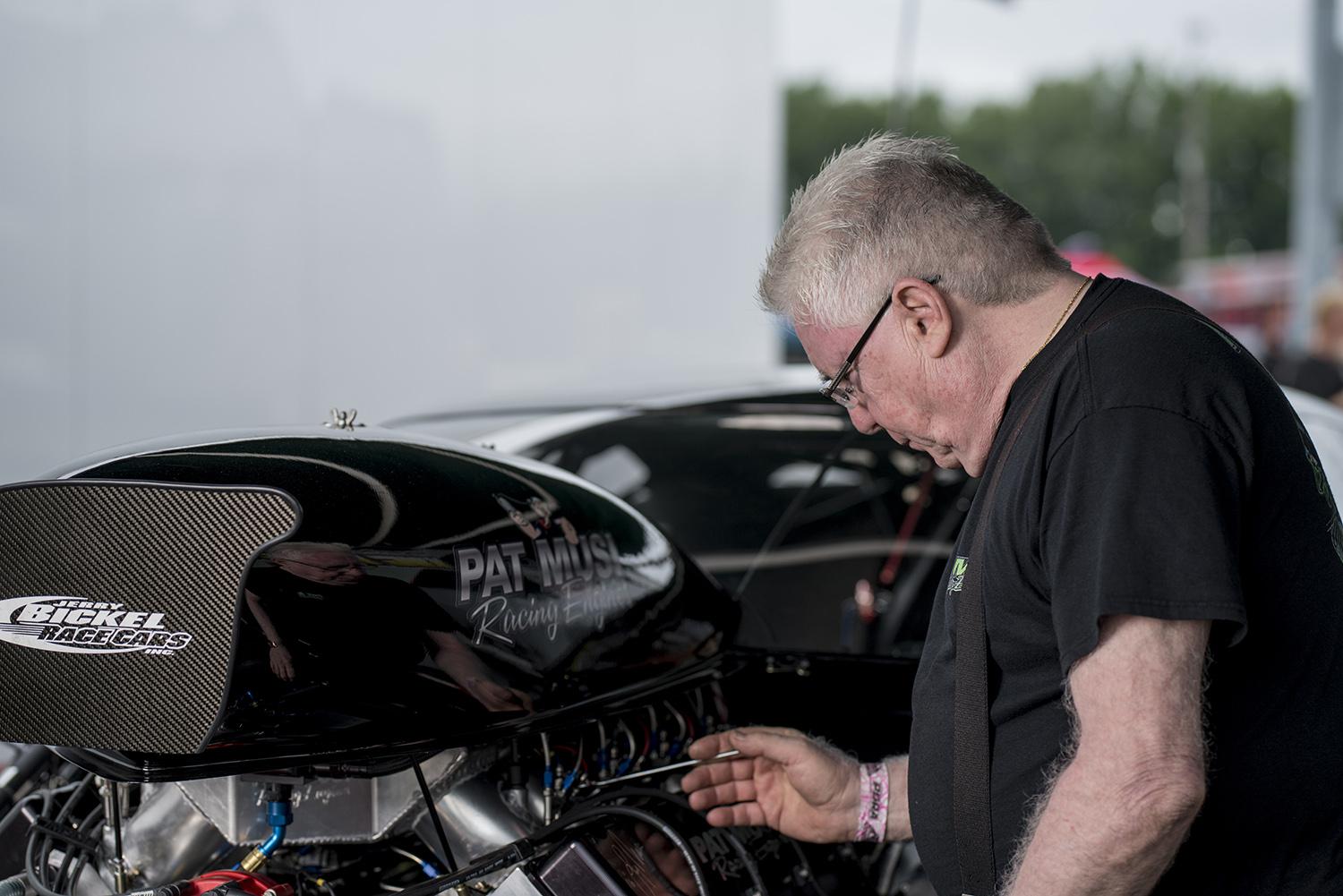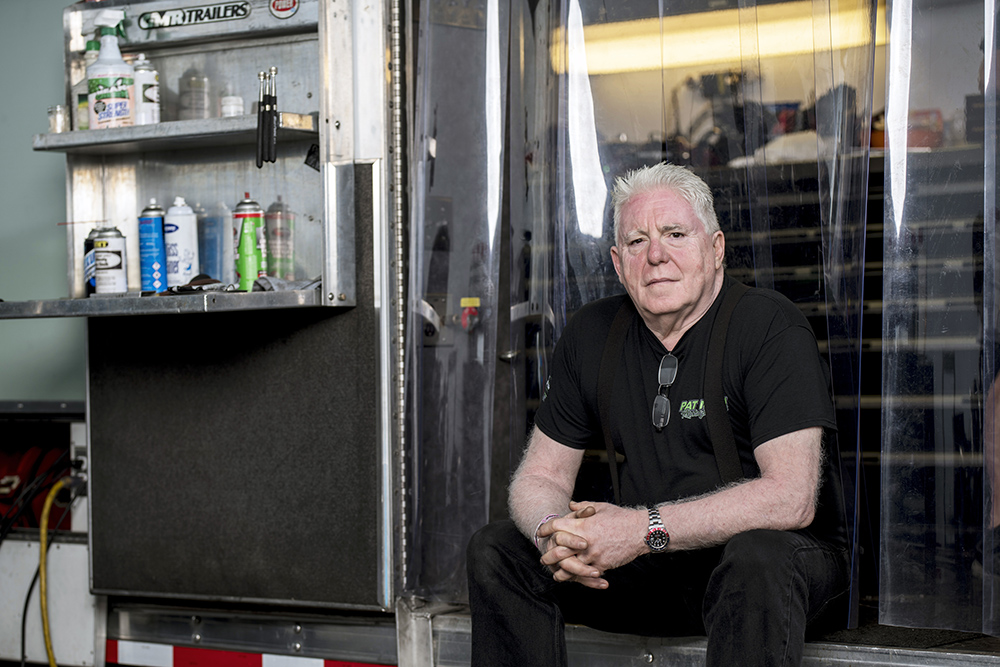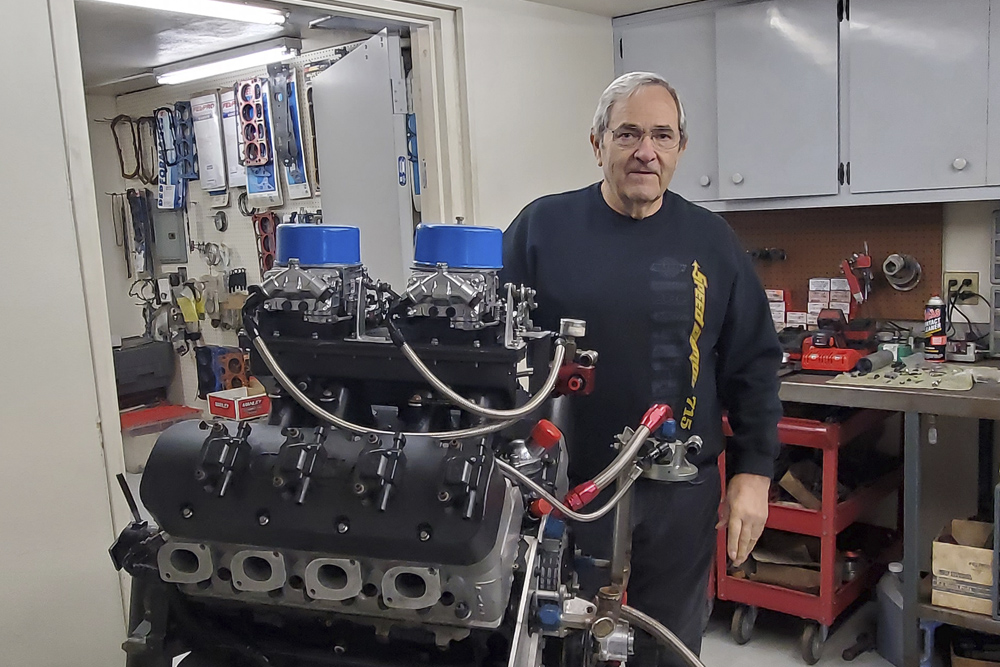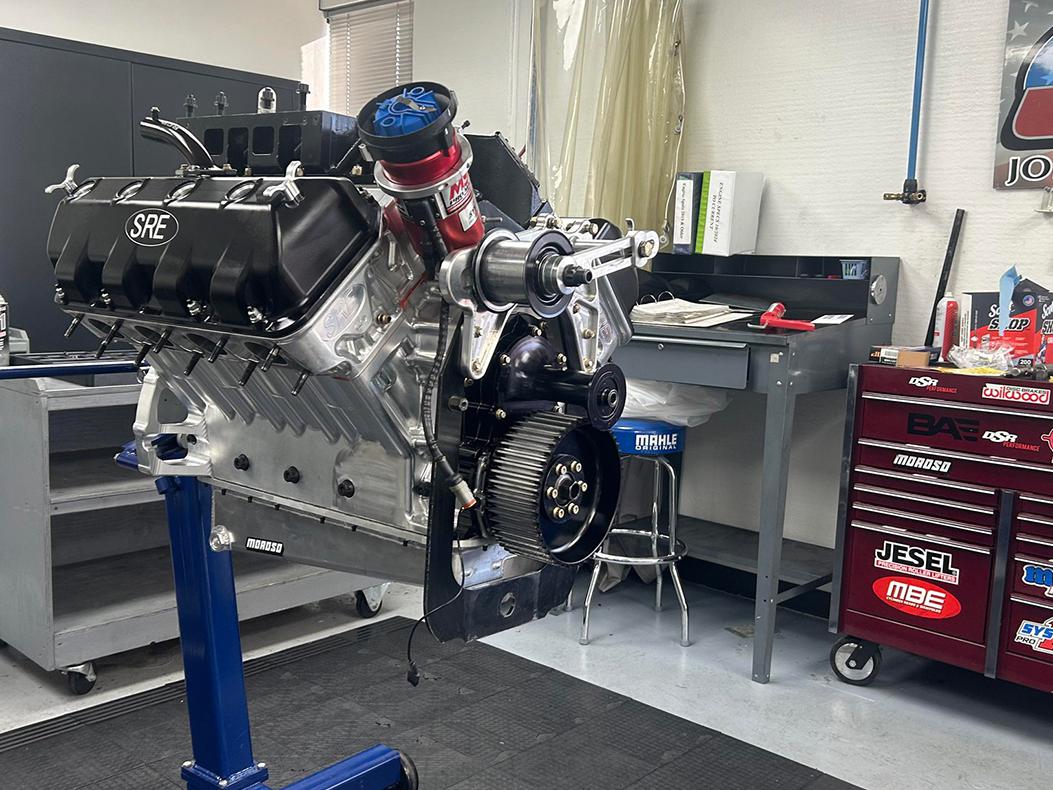Make The Case: Nitrous vs. Turbocharging

As the horsepower wars refuse to concede, nitrous oxide and turbocharging lead the way as two quick power enhancers. In this month’s column, nitrous guru Pat Musi makes the case as to why he prefers this readily available staple to bolster his engines, while the legendary Kenny Duttweiler stands his ground as a turbocharger advocate.
NITROUS ADVOCATE:
PAT MUSI, PAT MUSI RACING ENGINES
There’s no question that the turbo guys make big power, but luckily for us, they’re not able to apply it as well as we can.
I’ve never been a forced-induction guy—it’s not that I can’t do it, it’s just that nitrous setups intrigued me, and I wanted to build a better mousetrap. And over 20 years, I think we’ve done a pretty good job of that—our stuff lives, it doesn’t blow up. I think we’ve helped bring back confidence in nitrous. We’re constantly working on ways to make the motor run more nitrous through it, and ultimately displacement is a big factor in terms of how much you can put in it and keep it alive.
I always hear people saying that turbocharged engines don’t break, but I’m up there on the starting line and I’m watching them break. Spinning those engines to 10,000 rpm is hard on parts, and every combination has its plusses and minuses. When these turbo guys break rods or tear up valvetrain components, that’s big damage. And in terms of maintenance, although I don’t [work] with those turbo teams directly, I would assume that, due to the rpm’s those guys are running, they’re going to have to change valves probably twice as often as we do. And I know they get about half as many runs as we get with a set of connecting rods.

Nitrous is also quite a bit easier to tune. We have nitrous racers that can do their own stuff—we give them a baseline and they can go out and run it all day long. Turbo guys all have to have tuners with them. One time at a race, Jose Gonzales told me, “I’m thinking about switching back to nitrous because I can’t afford to keep paying these guys this much money every year to come tune my car. I watch your guys, and they run on their own!” So because turbo cars can be so difficult to tune, they’re not very consumer-friendly.
There’s also the initial costs involved. If you have a target of, say, 2,000 horsepower, it is definitely going to be less expensive to get there with a nitrous setup than it would be with turbos. For the guy who wants to, for instance, go do a Street Outlaws kind of deal running a 632 ci engine, it will be way cheaper to build a 632 with two stages of nitrous on it than it would be to build a 632 and a turbo system for it. The initial investment with turbos is substantial.
TURBO ADVOCATE:
KENNY DUTTWEILER, DUTTWEILER PERFORMANCE
The easiest way to look at it is this: Once the turbochargers are on the engine, you’ve got an endless supply of power. You don’t need to refill bottles to get the power back, and in a nitro car, you can deplete those pretty quickly. I remember I was once watching a guy at Bonneville with a streamliner that was normally aspirated and running nitrous, and I lost count of how many bottles they had to put in that thing to sustain a five-mile run. And after one run, they had to re-load it all over again. With turbos you can buy a set and run them all year, or over several seasons.
It’s just a very different way of making power. One of the biggest advantages of turbos is that you can make big power with small displacement engines. We’ve got stuff that will easily make 10 horsepower per cubic inch, and it’s not uncommon for turbo guys to be making 4,000 horsepower with a 520 ci motor these days. And while turbos require a bit of power to make them work, you’re using exhaust energy to do it, so it essentially takes some load off of the crankshaft.

You also have a lot of different ways you can approach a turbo setup, so what we usually do is set a horsepower target and then identify the turbocharger that most easily addresses that for a given application. For example, if you want to make a couple thousand horsepower, there’s a variety of sizes of turbos that will do that. The smaller ones offer more flexibility in terms of fitment, and the spool-up time is typically shorter. And as these turbo units get more and more efficient, the power levels of these smaller turbos are starting to exceed those of the big turbos from just a few years ago. With such a wide range of options available, you can address a customer’s power number with something that easily integrates into their combination and that fits within their budget. And once they’ve made that up-front investment, there’s no additional cost to run turbos.
It’s also important to remember that the displacement of an engine is a big factor in terms of how much nitrous you can put in it, whereas with a turbocharger you are essentially increasing the engine displacement with the manifold pressure. As that boost pressure goes up, you can pack in an extreme amount of air and fuel, and that means you can mimic an engine that’s much larger. If you run out of horsepower with a turbo, the problem is that you just don’t have a big enough turbo.
I also tend to think that turbocharged engines will live longer than their nitrous-fed counterparts. While the nitrous guys are getting better with that—they don’t see as many engine failures as they used to in drag racing—at the end of the day, the easiest high-horsepower device that you’re going to strap on an engine is going to be turbos. It’s not uncommon to watch turbocharged cars run all weekend without ever having to take more than the valve covers off, whereas those other guys might be changing pistons or tearing the engine apart to address another issue. The guys that don’t want to do that a lot are probably better suited to the turbocharged stuff.
 MEMBERSHIP LOGIN
MEMBERSHIP LOGIN JOIN PRI
JOIN PRI


